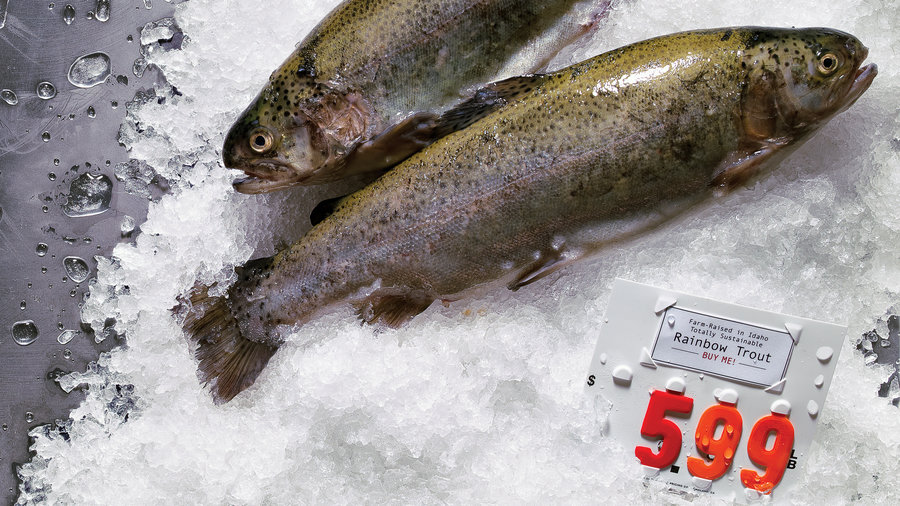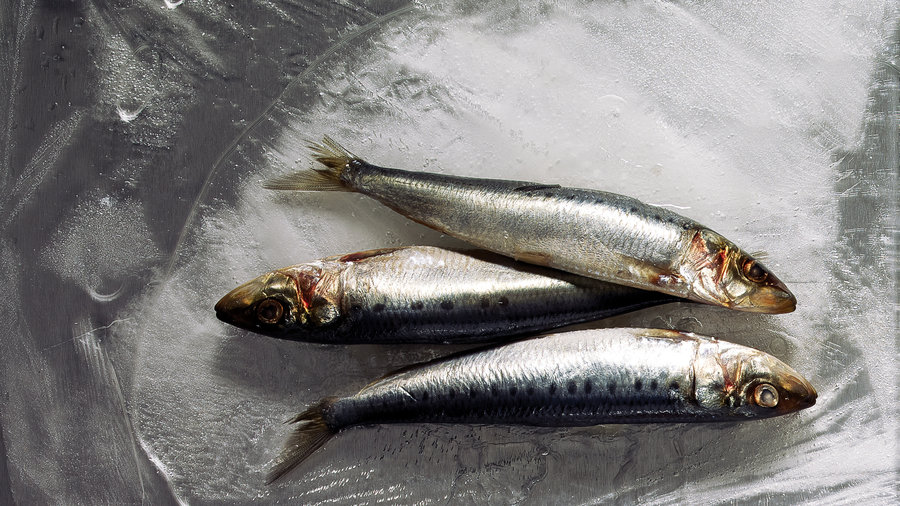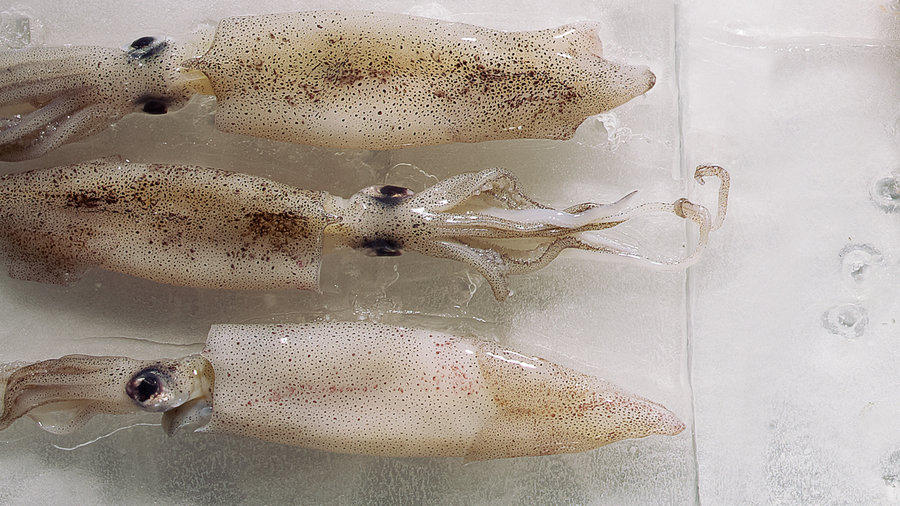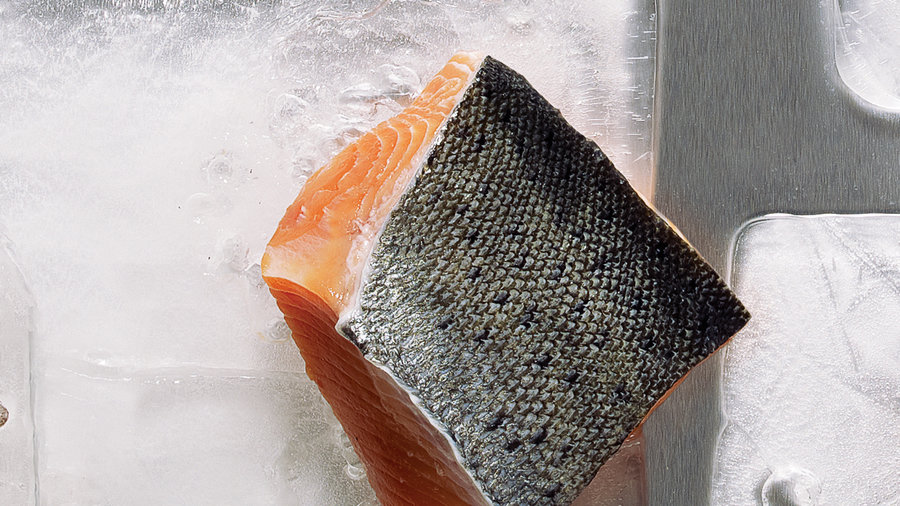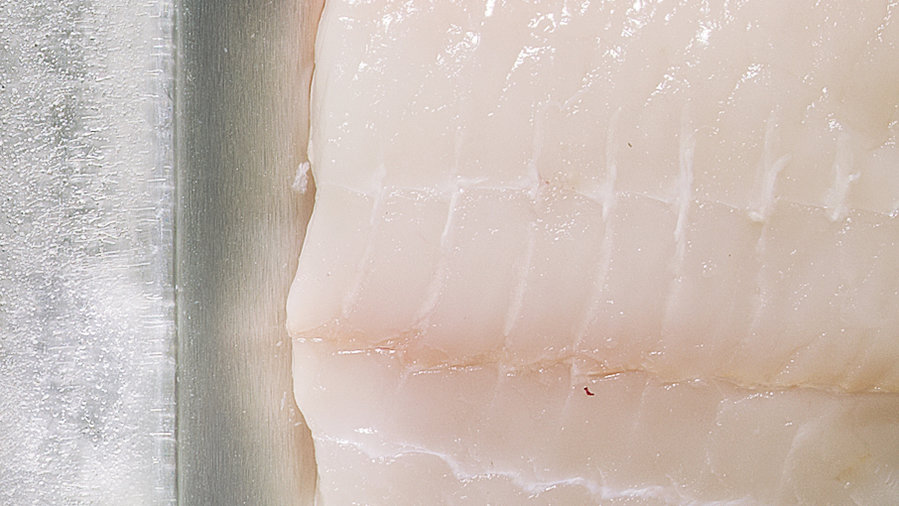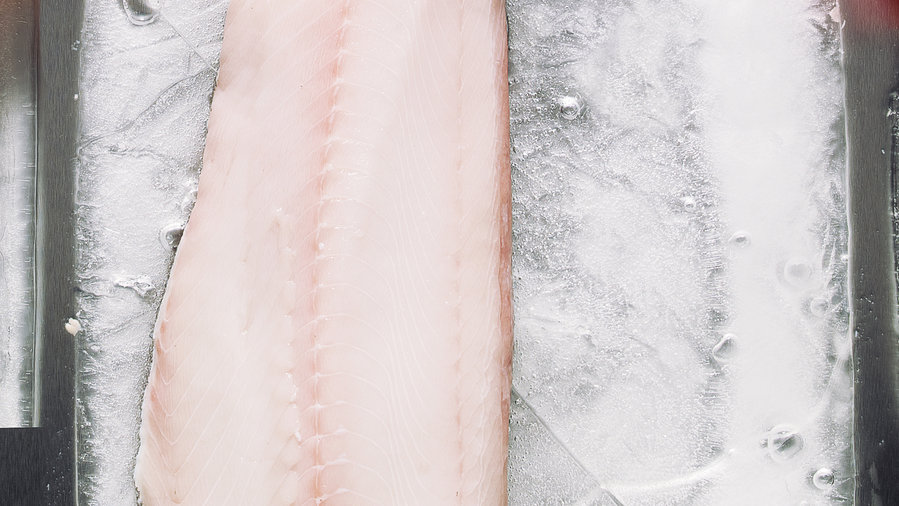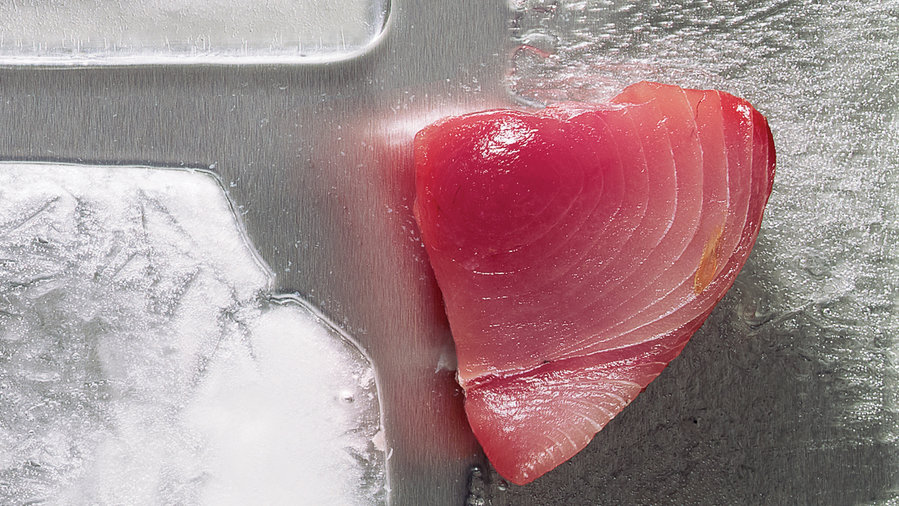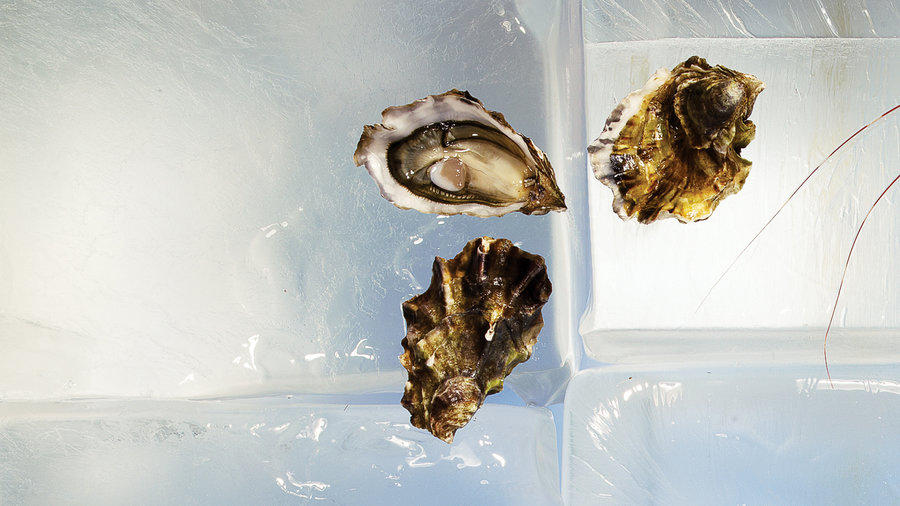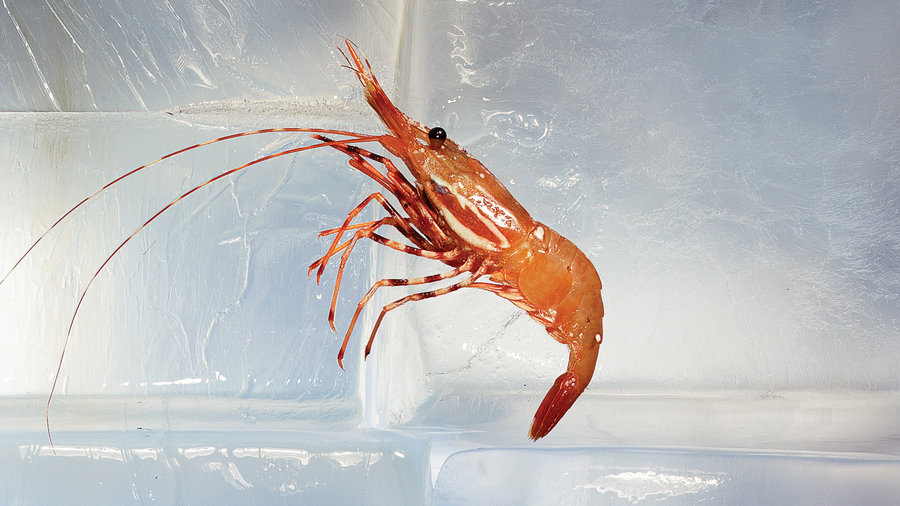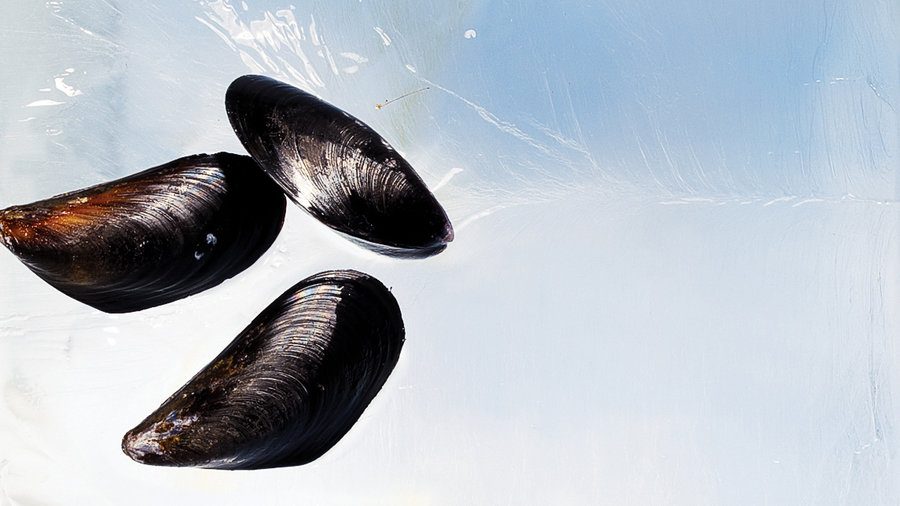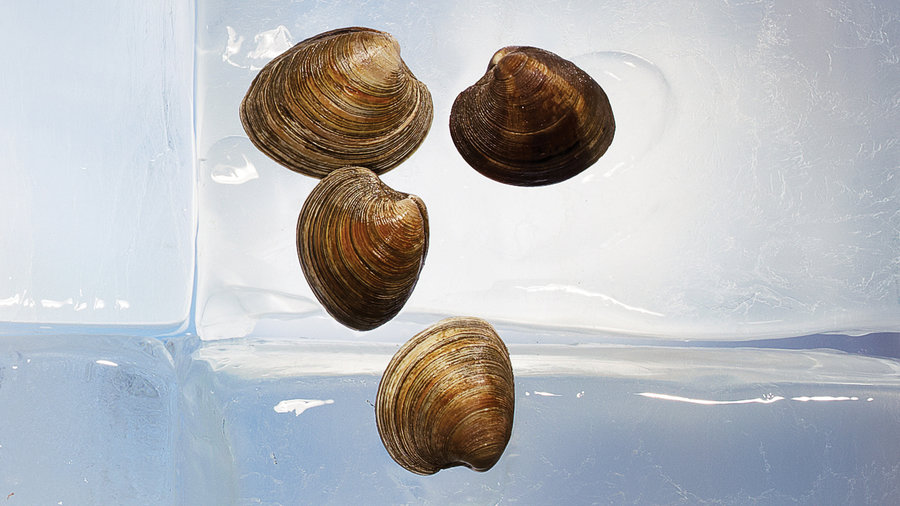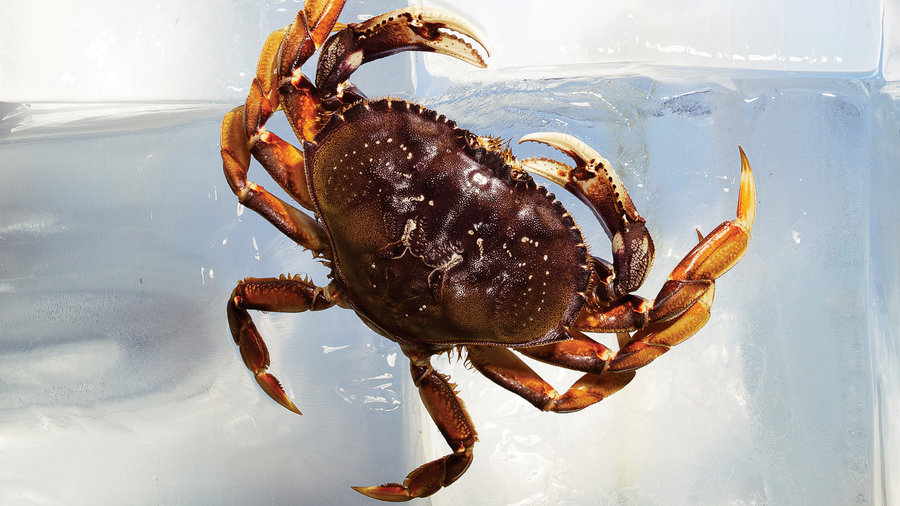Dwight Eschliman
Farmed rainbow trout
Recipes: 10 ways with farmed rainbow trout
Taste Very mild and slightly earthy, with small, moist, delicate flakes.
Source Mostly from farms along Idaho’s crystalline, fast-moving Snake River.
Eco factor Because trout farms recycle all waste, and filter and treat outgoing water, they don’t pollute. Trout do eat other fish, but they efficiently convert what they eat, minimizing the numbers that are sacrificed to feed them (salmon are voracious fish-eaters by comparison).
How to choose Rainbow trout are generally sold fresh and whole, either bone-in or boned and butterflied. Look for fish with moist flesh, shiny skin and eyes, and a fresh, mild aroma. Many markets also sell smoked rainbow trout fillets.
Dwight Eschliman
Pacific sardines
Recipe: Sardine BLTs with Herbs and Lemon
How to: Clean and filet sardines
Taste: Rich, strong, and slightly minerally; great for grilling whole.
Source: Pacific Ocean, Baja California to Monterey Bay and north to southeast Alaska.
Eco factor: Sardines are caught with little impact on the surrounding habitat and almost no unintentional harvest of other species. Full of omega-3 fatty acids, phosphorus, and iron; no pollutants.
How to choose and prepare: Sardines are sold fresh and whole. Look for fish that have bright eyes, shiny skin, and a mildly fishy aroma. Plan to cook them within a day of purchase. If your fishmonger doesn’t sell sardines already cleaned, it’s easy to do yourself.
Dwight Eschliman
California squid (calamari)
How to: Clean whole squid
Recipes: 4 ways with California squid
Taste Sweet, tender, and versatile: Eat them grilled, fried, sautéed, or marinated.
Source Primarily Pacific Ocean off California (Southern California in winter, Monterey the rest of the year); sometimes into Oregon. The Monterey Bay Aquarium further recommends squid from the waters off Mexico, Chile, and Peru.
Eco factor Despite being heavily fished, squid swim in great numbers off the West Coast. Fishing with purse-seine nets has no habitat impact and little unintentional harvest of other species.
How to choose and prepare Most squid are frozen soon after they’re caught, as they’re very perishable. Buy squid still frozen or thawed. They may come whole, or cleaned and separated into tubes and tentacles. Cleaned squid should be firm, have a mild aroma, and be white and glistening.
Dwight Eschliman
Wild Pacific salmon
Recipes: 10 ways with wild Pacific salmon
Taste Full-flavored, rich, and meaty.
Source Pacific Ocean, Northern California (good) to Alaska (better); sometimes in the rivers where they spawn.
Eco factor Alaskan wild salmon stocks are especially healthy.
How to choose Buy fresh or frozen fillets or steaks with moist, firm flesh (not mushy or broken) and a fresh, oceanlike aroma. Flesh color is a reflection of species (there are six) and what they eat, not quality; it can range from pale pink to deep red.
Dwight Eschliman
Pacific halibut
Recipes: 10 ways with Pacific halibut
Taste Firm, meaty, nearly pure white fish with a mild, almost milky, flavor. Thick fillets and low fat content.
Source Pacific Ocean, California to the Bering Sea.
Eco factor The halibut fishery is healthy. Conscientious fishermen even attach streamers to their lines to scare off birds that might become entangled.
How to choose Buy fresh or frozen fillets or steaks with a mild aroma and moist, glistening, unbroken flesh.
Dwight Eschliman
Sablefish (black cod)
Recipes: 3 ways with fresh sablefish
Taste Soft, sweet, and moist, with fat, pearly white flakes. Similar to and just as delicious as overfished Chilean seabass.
Source Pacific Ocean, California (okay) to Alaska and Western Canada (better)
Eco factor The population is plentiful, and it’s caught using ocean-friendly traps, especially in Alaska. Plus, it has more omega-3 fatty acids than almost any other fish.
How to choose Look for fresh or frozen fillets with soft, lustrous flesh and an oceanlike aroma.
Dwight Eschliman
West Coast albacore tuna
Recipes: 10 great West Coast albacore tuna recipes
Taste Milder than other tunas like bigeye or yellowfin (both called ahi), but with the same appealing beefiness.
Source Pacific Ocean.
Eco factor They’re troll- or pole-caught ― methods that leave the ocean floor intact, don’t bring in bycatch, and tend to haul in smaller fish, which contain less mercury.
How to choose Look for fresh or frozen troll- or pole-caught steaks or fillets from smaller fish, with a mild aroma and moist, shiny flesh.
Dwight Eschliman
Farmed oysters
Recipes: 5 ways with farmed oysters
Taste Clean, crisp, and briny; sometimes a hint of melon. Best during the cold months. High levels of vitamin D and omega-3 fatty acids.
Source Pacific Coast, California to British Columbia.
Eco factor They’re water-purifying filter feeders, like clams.
How to choose and prepare Select oysters that are tightly closed and smell clean and briny. Ask your fishmonger to shuck them, if you like. At home, give whole oysters a quick scrub under running water. Discard any with cracked shells before using in recipes.
Spot prawns & Oregon pink shrimp
Recipes: 22 succulent shrimp recipes
Spot prawns (pictured)
Taste Sweet, firm, and lobsterlike, with a white spot on either side of their tails. These babies can reach 12 or more inches in the wild but average about 4. In sushi restaurants, they’re called ama-ebi.
Source Pacific Ocean, San Diego to Unalaska, Alaska. Limited supply; for more routinely available shrimp, try Oregon pink shrimp (below).
Eco factor Spot prawns are fished using bycatch-excluding devices, and regulations prevent fishing in many easy-to-damage reef areas.
How to choose Spot prawns may be sold fresh or frozen, with or without the heads and bright red roe attached to their underbellies. Some specialty and Asian markets sell live spot prawns in tanks. Select prawns that smell fresh, like the sea, and have few or no black spots.
How to prepare Cook spot prawns whole, or shelled and deveined. To shell, cut along the back shell with kitchen scissors to the tail, then pull off shell and legs, reserving any roe. Devein by cutting a slit along back, then removing the vein with the tip of a paring knife and rinsing the groove clean.
Oregon pink shrimp (not pictured)
Taste Tiny, succulent, and incredibly sweet; you’ll never go back to ordinary “cocktail shrimp” once you’ve tried these. Since they’re so delicate and perishable, the vast majority are sold frozen.
Source Oregon coast.
Eco factor They grow quickly and reproduce prolifically ― restocking themselves, so to speak. The nets used have escape hatches, so other species aren’t trapped.
How to choose Select fresh or frozen shrimp with a sweet, mild aroma. Either way, they always come cooked and shelled. Use them in any recipe calling for small shrimp such as salad shrimp.
Dwight Eschliman
Farmed mussels
Recipes: 5 ways with farmed Mediterranean mussels
Taste: Mediterraneans and Penn Coves are sweeter, bigger, and plumper than the more common blues.
Source: Pacific Coast, California to Alaska.
Eco factor: Like oysters and clams, mussels leave the water cleaner than they found it. Because they’re relatively disease-free, they don’t require treatment with antibiotics, and they’re grown on ropes hanging from rafts, so they have no impact on the ocean floor.
How to choose and prepare: Select mussels that are tightly closed or that close when tapped. They should smell clean and salty, like the sea. If possible, get ones with the steel wool-like “beards” (fibers on the side of the shell) removed. Discard any with cracked shells. Give them a quick scrub under running water, pull off any beards, then cook.
Dwight Eschliman
Farmed clams
Recipes: 7 ways with farmed clams
Taste: Briny-sweet, chewy-tender, and plump.
Source: Pacific Coast, California to Alaska.
Eco factor: Clams make the water cleaner because they’re filter feeders. They’re harvested by hand-raking, which doesn’t damage the sea floor.
How to choose and prepare: Select clams that are tightly closed or that close when tapped; they should smell clean and salty, like the sea. At home, discard any clams with cracked shells. Give them a quick scrub under running water, then cook.
Dungeness crab
Dungeness 101: Here’s how to cook and clean crab
Recipes: Our favorite ways with dungeness crab
Taste The iconic Western crab, packed with snow-white, sweet, juicy meat.
Source Pacific Ocean, California to Alaska. Note that King, Snow, and Tanner varieties from Alaska are highly recommended alternatives.
Eco factor Fisheries in California, Oregon, and Washington are well managed. Only males are harvested; females are left to reproduce.
How to choose and prepare Buy live or cooked crab that smell mildly salty, like the sea. If they’re alive, their bodies should be firm and tight, not droopy.
